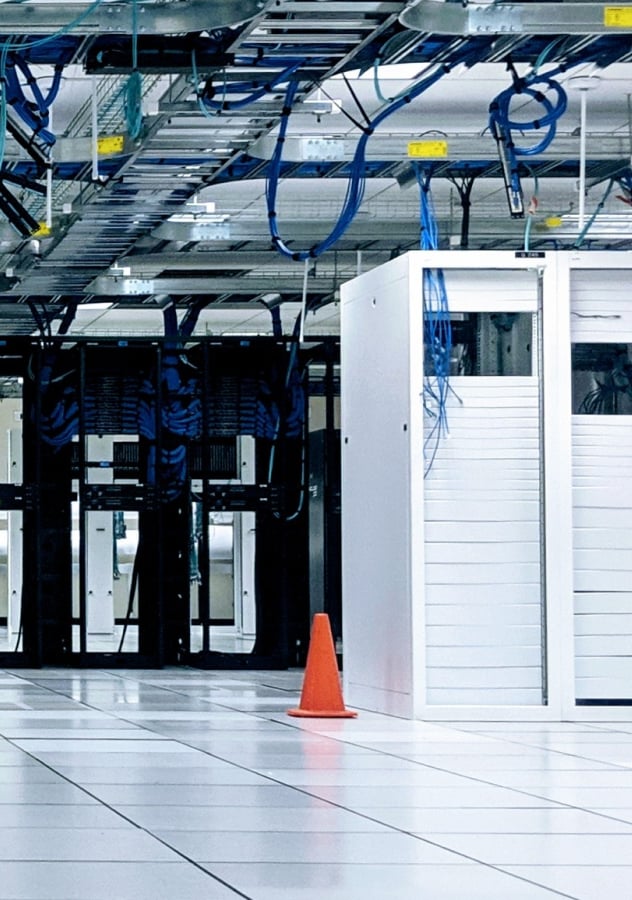Enterprises that migrate from legacy PRI lines to SIP trunking often cut telephony costs by 30–60% while gaining flexibility in scaling channels up or down. Yet those savings never materialize when deployments fail to meet core technical and security requirements. Call drops, jitter, and even multimillion-dollar fraud cases are usually traced back to poor planning at the infrastructure level.
SIP trunking doesn’t forgive shortcuts. A single misstep, whether underestimating bandwidth needs, skipping encryption, or relying on consumer-grade internet, can derail service reliability and put compliance at risk. IT managers who want to maximize ROI need a deployment plan grounded in measurable requirements, not broad theory.
The following guide breaks down those requirements into actionable checkpoints across network readiness, hardware and codec compatibility, security, and provider selection. Each section highlights not only what’s needed, but why it directly affects performance, cost control, and long-term scalability.
Let’s start by understanding why requirements matter so much in SIP trunking deployments.
Key Takeaways
- SIP trunking can cut telephony costs by 30–60% versus PRI lines, but only if deployments meet core requirements for bandwidth, security, and provider reliability.
- Accurate bandwidth planning is critical: e.g., G.711 requires ~87 kbps per call (including overhead), G.729 ~31 kbps, Opus 32–96 kbps. Undersizing leads to jitter and dropped calls.
- Business-class internet with symmetric speeds, QoS (DSCP EF 46), and VLAN separation prevents latency, packet loss, and call degradation under load.
- Security is non-negotiable: deploy TLS/SRTP encryption, Session Border Controllers (SBCs) for fraud prevention and topology hiding, and IP whitelisting to block unauthorized traffic.
- Provider selection drives resilience, look for 99.999% uptime SLAs, global DID availability, bursting capacity, and 24/7 NOC support to ensure scalability and compliance.
- Pre-deployment testing (MOS >4.0, jitter <30ms, packet loss <1%) and ongoing monitoring plus regular firmware updates keep SIP trunks stable and secure long-term.
- DiDlogic delivers global SIP trunks with built-in failover, SBC-level security, and enterprise-grade support, ensuring your deployment meets every requirement from day one.
Why Requirements Matter in SIP Trunking Deployments
Global SIP trunking adoption has surged as businesses replace PRI lines with IP-based connectivity, saving up to 60% on recurring telecom costs (Infonetics Research, SIP Trunking Services Market Report). Yet cost reduction and scalability only hold true when deployments meet specific technical and security requirements.
Poor planning leads to real-world consequences: undersized bandwidth creates jitter and dropped calls, misconfigured firewalls expose networks to toll fraud, and weak security controls risk non-compliance with regulations like HIPAA or PCI-DSS. Each of these failures directly erodes ROI, turning what should be a strategic upgrade into a liability.
The checklist that follows isn’t theoretical, it reflects the conditions that separate reliable, scalable SIP deployments from those plagued by downtime and fraud.
Core Network Infrastructure Requirements
Bandwidth Planning and Internet Connectivity
Every SIP trunk call consumes a measurable slice of bandwidth, and ignoring this calculation is the fastest way to create poor call quality. The table below shows common codecs and their per-call requirements, including overhead:
| Codec | Bitrate (kbps) | With 20% Overhead (kbps) | Approx. Calls per 10 Mbps |
| G.711 | 64 | ~87 | 115 |
| G.729 | 8 | ~31 | 322 |
| Opus | Variable (6–20) | ~32–96 | 104–312 |
Formula to calculate required bandwidth:
(Codec bitrate + 20% overhead) × Concurrent Calls = Minimum Required Bandwidth
A 50-user contact center using G.711, for example, would require:
(87 kbps × 50) = 4.35 Mbps reserved for voice traffic.
Symmetric internet speeds (equal upload and download) are essential because SIP voice traffic is two-way. Residential-grade internet typically favors download speeds, making it unsuitable for enterprise-grade SIP trunking. Always choose business-class connections with redundancy built in.
Quality of Service (QoS) and Traffic Prioritization
Voice traffic must outrank bulk data if you want to avoid jitter, latency, and packet loss. QoS rules should mark SIP and RTP packets with DSCP EF (46), ensuring they remain at the top of the queue even when the network is congested.
Best practices include:
- Creating dedicated VLANs for voice to isolate traffic from general data.
- Enabling traffic shaping to guarantee minimum bandwidth for RTP streams.
- Testing call flows under peak loads to validate QoS effectiveness.
A simple diagram for internal documentation could map traffic flow:
Endpoints → VLAN prioritization → Router with DSCP rules → Internet → SIP Provider.
Router and Firewall Configuration
Routers and firewalls form the front line of SIP readiness, but misconfiguration often breaks call flow. At minimum, administrators must:
- Allow SIP signaling ports: UDP/TCP 5060 (unencrypted), TCP/TLS 5061 (encrypted).
- Allow RTP media streams: typically UDP ports 10,000–20,000 (configurable by system).
- Disable SIP ALG (Application Layer Gateway), which often rewrites SIP headers incorrectly and disrupts registration or call setup.
- Use SIP-aware firewalls or, preferably, a Session Border Controller (SBC) to normalize signaling, provide topology hiding, and enforce access rules.
Well-configured perimeter defenses not only prevent downtime but also mitigate fraud attempts targeting SIP endpoints exposed to the internet.
Hardware and Software Compatibility
IP PBX and SIP-Ready Systems
Enterprises typically approach SIP trunking from one of three PBX setups:
| PBX Type | Cost | Flexibility | Deployment Speed | Notes |
| Legacy PBX + SIP Gateway | High upfront (gateway hardware) | Limited; bound to older feature set | Slow; requires integration work | Transitional path for firms not ready to retire legacy PBX. |
| Native IP PBX (on-premise) | Medium | Moderate; upgrade paths via modules | Medium; hardware install needed | Offers control but requires IT resources for upkeep. |
| Cloud-Hosted PBX | Subscription-based | High; features updated centrally | Fast; minimal on-site setup | Best suited for businesses seeking rapid scaling and remote support. |
Decision makers should evaluate not only cost but also how each option aligns with IT resourcing and future scaling plans.
Codec Support and Optimization
Every codec balances bandwidth consumption with audio fidelity. Choosing the wrong one either wastes bandwidth or sacrifices clarity.
| Codec | Bandwidth per Call (with overhead) | Audio Quality | Best Use Cases |
| G.711 | ~87 kbps | High, PSTN-quality | Call centers, recordings where clarity is critical |
| G.729 | ~31 kbps | Moderate | Remote teams on limited internet, mobile deployments |
| Opus | 32–96 kbps (variable) | High to very high | Mixed environments needing adaptive compression |
High-fidelity codecs suit environments where call recordings, regulatory monitoring, or executive communications demand clarity. Compressed codecs, by contrast, serve well in field teams or global offices where bandwidth constraints are real.
Endpoint Devices
Endpoints can create hidden bottlenecks if they don’t support modern SIP standards. Desk phones, softphones, and conferencing equipment should be TLS/SRTP-capable to secure signaling and media. Devices running outdated firmware often fail interoperability checks, leading to registration issues or one-way audio. Standardizing on certified SIP endpoints and enforcing update cycles prevents those problems.
Security and Compliance Essentials
Encryption and Authentication
Unencrypted SIP traffic exposes conversations and credentials to interception. A baseline security posture requires:
- TLS 1.2/1.3 for SIP signaling.
- SRTP for media streams.
- Strong SIP registration credentials, avoiding defaults or weak passwords.
Without these safeguards, attackers can capture credentials and launch unauthorized calls within minutes.
Toll Fraud Prevention & SBC Deployment
Toll fraud remains one of the most expensive risks in SIP deployments, with cases of hacked PBXs generating over $100,000 in fraudulent calls in a matter of days (Communications Fraud Control Association).
Deploying a Session Border Controller (SBC) mitigates that risk by:
- Hiding internal network topology.
- Normalizing signaling traffic between carriers and endpoints.
- Enforcing access rules and intrusion prevention at the perimeter.
Additional safeguards include:
- IP whitelisting for authorized endpoints.
- Real-time call monitoring to detect abnormal usage spikes.
- Automatic call blocking when thresholds are exceeded.
Compliance by Industry
Regulatory frameworks dictate how SIP traffic and recordings must be handled:
- Healthcare (HIPAA) → Encryption for call traffic, audit logging, and secure storage for recorded sessions.
- Finance (PCI-DSS) → Prohibits recording sensitive cardholder data, requires encrypted transmission, and restricts storage locations.
- Global Enterprises (GDPR) → Mandates data minimization, user consent for call recording, and regional storage compliance for EU residents.
Enterprises need to build compliance requirements into SIP trunking architecture early, rather than treating them as add-ons post-deployment.
Choosing the Right SIP Trunking Provider
The provider you choose determines whether SIP trunking delivers the reliability and control you expect. Asking the right questions up front avoids costly migrations later.
Scalability & Flexibility
Growth doesn’t always follow predictable curves. A provider should state clearly:
- The maximum concurrent calls supported.
- Whether channels can burst above the contracted limit during seasonal spikes.
- If auto-scaling policies are available to handle surges without manual intervention.
Providers that require manual provisioning for every capacity increase slow down response times and create hidden costs.
Geographic Reach & DID Availability
Enterprises with international footprints need providers that deliver local numbers in 100+ countries and maintain Points of Presence (PoPs) across multiple regions. This ensures not only customer familiarity through local caller IDs but also resilience through failover routing.
Consider a U.S.-based enterprise expanding into Asia-Pacific. Without APAC-local PoPs and DIDs, customers face long-distance latency, and inbound calls may not comply with local number regulations. Providers with global DID coverage and redundant routing solve both issues at once.
SLA & Support Guarantees
A 99.999% uptime SLA translates to about 5 minutes of downtime per year—a benchmark many mission-critical businesses require. Providers that only commit to 99.9% uptime are allowing for almost 9 hours of annual downtime, which can cripple contact centers.
Equally important is support responsiveness. A 24/7 SLA-backed response time matters more than headline pricing. When call failures affect revenue, waiting hours for an email reply is unacceptable. Always confirm escalation paths, not just ticket queues.
Pre-Deployment Validation and Ongoing Monitoring
Even the best architecture fails if it isn’t validated and maintained. Testing and monitoring safeguard call quality long after the first deployment.
Network Readiness Tests
Before going live, IT teams should run controlled simulations to measure:
- Jitter: below 30 ms.
- Packet loss: below 1%.
- Latency: below 150 ms one-way.
Tools like SIPp (load testing), Wireshark (packet inspection), and vendor-provided readiness tests highlight weaknesses before users experience dropped calls.
Ongoing Quality Monitoring
Once deployed, tracking voice quality metrics ensures issues are caught before they escalate:
- Mean Opinion Score (MOS): keep above 4.0.
- Average Latency: under 150 ms.
- Call Failure Rates: flagged if above 1%.
Setting up alerts for registration failures or abnormal call volumes helps detect SIP attacks and network degradation in real time.
Lifecycle Maintenance
SIP trunking isn’t a “set and forget” deployment. Regular tasks include:
- Firmware updates for phones, PBXs, and SBCs.
- Renewing TLS certificates before expiry.
- Running scheduled penetration tests to confirm defenses against new fraud tactics.
A disciplined maintenance cycle ensures that the system adapts alongside evolving network demands and security threats.
Implementation Checklist
A successful SIP trunking deployment requires aligning technical, security, and operational elements before going live. Use the checklist below as a final reference:
Network
- Calculate bandwidth using (Codec bitrate + 20% overhead) × Concurrent Calls.
- Enforce QoS with DSCP EF (46) marking and VLAN separation.
- Configure routers/firewalls to support SIP signaling (5060/5061) and RTP ranges (10,000–20,000).
- Disable SIP ALG unless explicitly required.
Hardware & Software
- Confirm PBX type: gateway with legacy PBX, on-prem IP PBX, or cloud PBX.
- Select codecs based on use case (G.711 for clarity, G.729 for bandwidth, Opus for flexibility).
- Standardize SIP-compatible phones, softphones, and conferencing devices with current firmware.
Security & Compliance
- Enforce TLS 1.2/1.3 and SRTP.
- Deploy an SBC for fraud prevention, topology hiding, and signaling normalization.
- Verify industry-specific compliance: HIPAA, PCI-DSS, GDPR.
Provider Selection
- Confirm SLA commitments (99.999% uptime, 24/7 support).
- Verify DID availability across required markets.
- Ensure scalability through bursting and auto-scaling policies.
Maintenance
- Conduct network readiness testing pre-deployment.
- Monitor MOS (>4.0), jitter (<30 ms), packet loss (<1%).
- Schedule firmware updates, certificate renewals, and penetration tests.
Final Thoughts: Building a Future-Proof SIP Trunking Stack
SIP trunking has become the foundation for modern enterprise communications, replacing rigid PRI lines with scalable, cloud-ready voice connectivity. When aligned with the right infrastructure and provider, it positions organizations to adopt advanced models like UCaaS, WebRTC, and 5G-driven voice services without disruptive overhauls.
The difference between deployments that save 60% in telecom costs and those plagued by fraud or downtime comes down to readiness. Technical precision, layered security, and careful provider selection create not only a reliable trunking setup but also a platform ready for the next generation of collaboration tools.
Explore DIDlogic’s SIP trunking and global DID coverage to modernize your communication stack.
FAQs
What is the minimum bandwidth per concurrent call?
G.711 requires ~87 kbps per call (including overhead), G.729 uses ~31 kbps, and Opus ranges 32–96 kbps depending on compression. Multiply by concurrent calls to size correctly.
Can I run SIP trunks on existing PBX without upgrades?
Yes, with a SIP gateway bridging legacy PBXs. For long-term flexibility, migrating to a native IP PBX or cloud PBX is recommended.
How do I secure SIP trunks from toll fraud?
Deploy an SBC, enforce TLS/SRTP, enable IP whitelisting, and monitor for abnormal call patterns. These steps block unauthorized access.
What hidden costs should I expect beyond monthly service fees?
Potential costs include SIP gateways for legacy PBXs, SBC licensing, bandwidth upgrades, and compliance-driven storage requirements for recordings.
How does SIP trunking support emergency (E911) compliance?
Providers map SIP DIDs to physical addresses. Confirm that the provider offers E911 integration and update address records regularly.
What monitoring metrics reveal poor VoIP quality before users complain?
Key metrics include MOS (<4.0 indicates issues), packet loss above 1%, jitter over 30 ms, and rising call failure rates.
Is a shared office internet connection enough for SIP trunking?
Not reliably. SIP requires dedicated, business-class connectivity with symmetric speeds and QoS prioritization to guarantee call stability.
Further Reading
- What is SIP trunking?
- SIP trunking capacity
- SIP trunking security
- Differences between SIP trunking and cloud PBX
- Differences between SIP trunking and telephony
- Differences between SIP trunking and IP trunking
- SIP session vs SIP trunk
- Differences between SIP Trunking and Session Border Controllers
- SIP Trunking vs PSTN
- SIP Trunking vs H.323
- Advantages of SIP Trunking
- SIP Trunk Costs
- SIP Trunking Migration Plan

